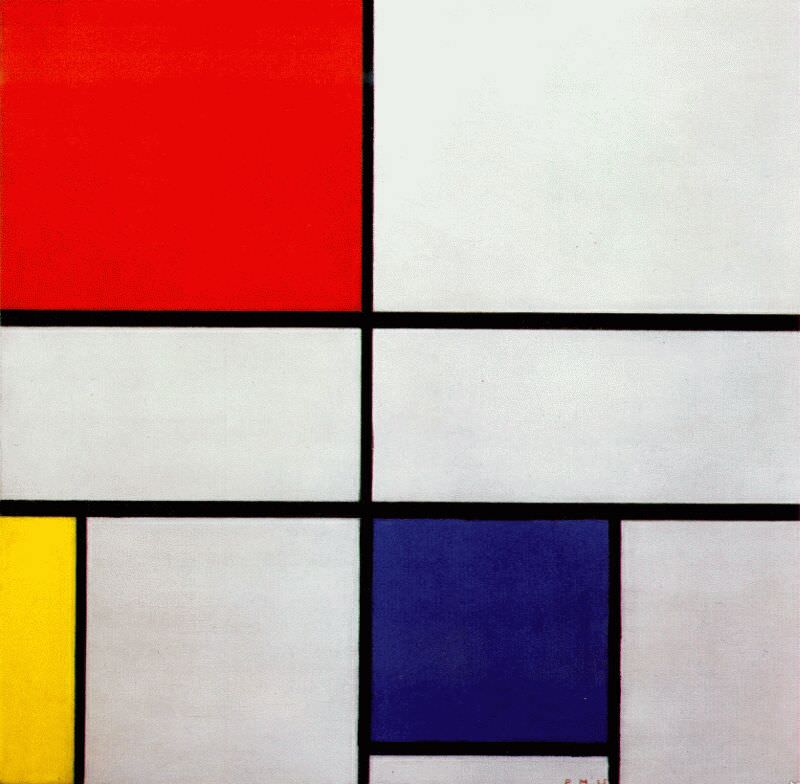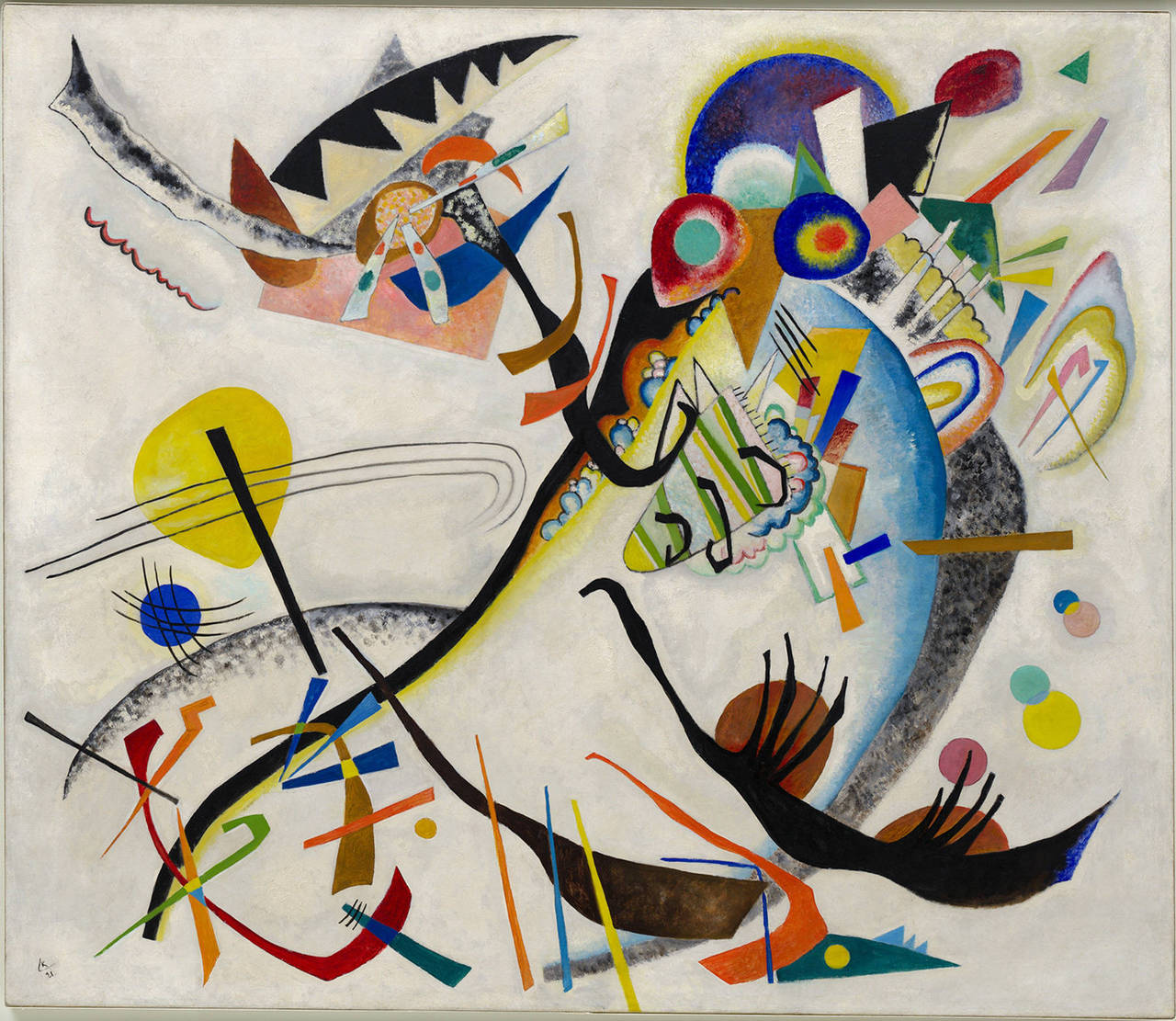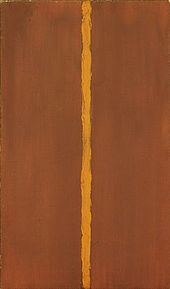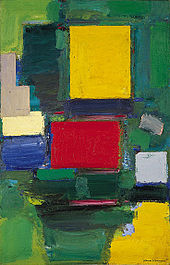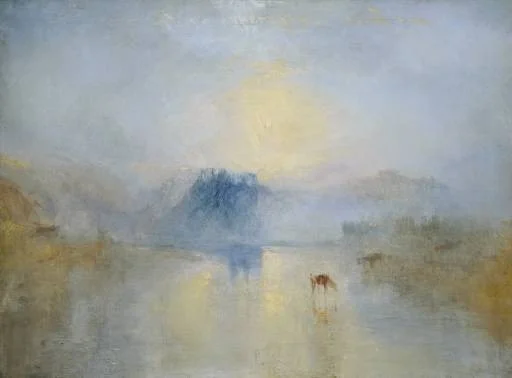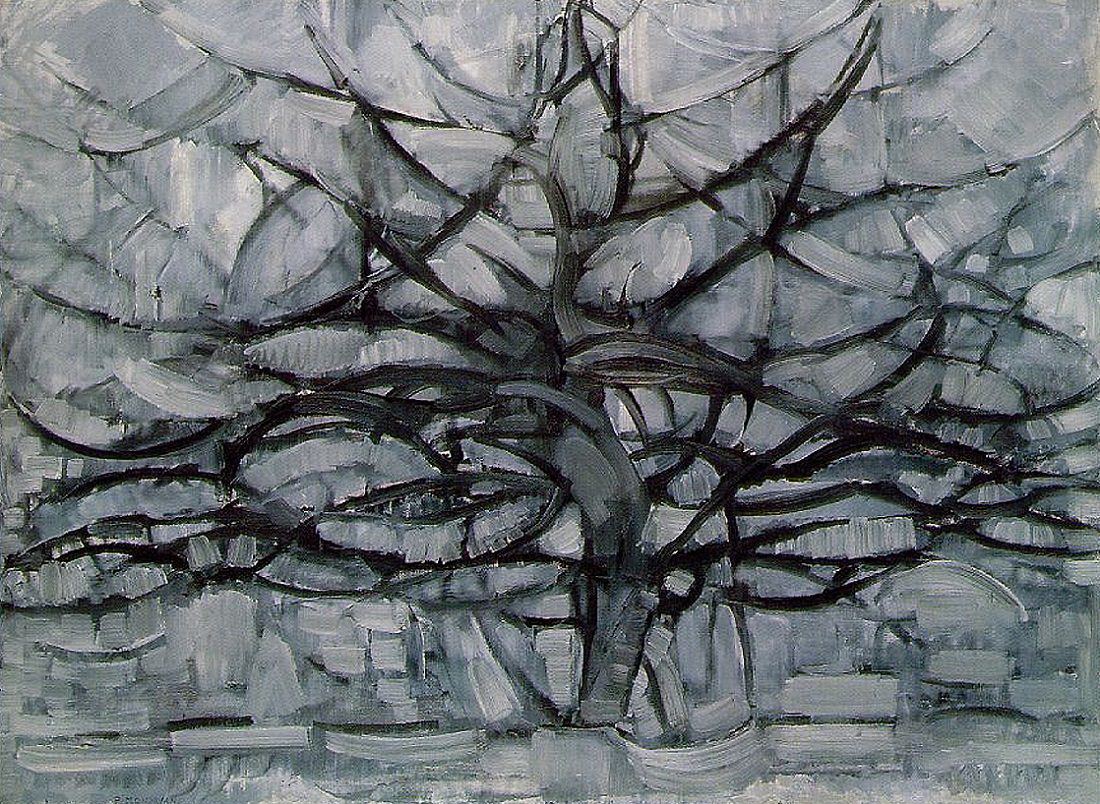This is Your Brain on Abstract Art
Straight from the burgeoning field of neuroscience, there are some very compelling reasons to spend time with abstract art. It seems that viewers of abstract work may gain some neurological advantages; so says Nobel laureate Eric Kandel in his book “Reductionism in Art and Brain Science,”
Our brains process the visual inputs of abstract art in ways that are entirely unique from realistic art. It does make sense. Paintings that include recognizable objects provide our human brains with very clear visual information—we see images of a person, a house, a tree, or perhaps a boat. We automatically categorize this information into our brains in the same way we might categorize an actual person or boat. This is easy and comfortable for us.
Alternatively, (some) abstract art reduces, Kandel says, “the complex visual world around us to its essence of form, line, color, and light.” Abstract art dares our eyes and brains to interpret an image that is fundamentally different from the kind of images our brain has evolved to reconstruct. When looking at a Rothko or a Pollock it is impossible to find recognizable objects and shapes. It becomes impossible to think about it in the ways we typically categorize or label. Kandel believes that this is why people are more likely to dismiss or even feel somewhat intimidated by abstract art. It makes perfect sense. Our brains are hardwired to prefer images we can easily identify. Our survival on this planet has relied on our ability to distinguish between a threatening lion and a cute kitten.
Mark Rothko, Untitled 1970.
And this experience is good for us...
Like wild blueberries and organic strawberries, this experience is good for us. Abstract art challenges our brains to create our own interpretation, thereby stimulating the higher-level areas of the brain responsible for creativity and imagination. Specifically this challenge;
- teaches us to look at art—and, in a sense, at the world—in a new way.
- exposes us and increases our tolerance of less familiar or even totally unfamiliar situations.
- allows us to remove ourselves from reality to create imaginative and creative responses.
When I read this, I think open minded, flexible thinking and creative. The caveat.... Kendal does specifically reference Abstract Expressionists. These are the early 20th-century painters who boiled visual art down to a few fundamental components—line, color, form, light, and texture.Some examples of this type of work are found below. Piet Mondrian, Wassily Kandinsky, Hans Hoffman, Pablo Picasso and Barnett Newman are featured.
Personally, I don't believe that these abstract expressionist works are the only paintings that are beneficial; nor do I believe that any painting that contains line, colour or form is beneficial. I think the best way to understand which paintings offer the greatest advantage, and to more fully experience abstract paintings, it might be useful to consider the following.
Start At The Top
Many museums include a few Abstract Expressionist paintings in their collections. Add to your bucket lists and visit museums where you live and where you travel, to look at these works in person and learn about the artists. Examine the use of line, form, colour and light as you consider these works.
““The less there is to look at, the more important it is that we look at it closely and carefully. This is critical to abstract art. Small differences make all the difference.”
― Kirk Varnedoe, Pictures of Nothing: Abstract Art Since Pollock”
Joan Miro - The Red Dot
Intention Creates Reality
There is a lot of abstract art that has emerged since the Abstract Expressionists, as well as work that came before them that served as inspiration for this movement. The power of the artists intention seems meaningful, in almost all of them. JMW Turner's work was created well before the Abstract Expressionist movement, but if you look at his painting shown below it has an atmospheric feel consistent with what is found in some Abstract Expressionist work. It wasn't that Turner was unable or unwilling to accurately paint a landscape, but that many believe that he was most interested in the light and atmosphere. The reason this is believed is due to his choice of colour and the location of the light and dark, which all serve to draw our attention to the atmospheric light. How could this be anything but intentional?
JMW Turner Norham Castle Sunrise
There is Meaning -
Great art typically has some meaning or idea within it's layers. Jackson Pollock's paintings were for him an outpouring of his own mind, an expression of his fears and thoughts. This meaning is not always readily understood by looking and so sometimes understanding the history and speaking with the artist can be revealing.
“It doesn’t make much difference how the paint is put on as long as something has been said. Technique is just a means of arriving at a statement.”
Jackson Pollock Mural
Tell Us How You Really Feel -
Some abstract work requires a prolonged encounter. Rothko's work and the most simplist of works can be particularly meditative and may require time to understand and know. Art can elicit a powerful emotional response from viewers if time is spent. A painting that has the power to make you feel something, is a worthwhile painting to explore.
"Curves are so emotional." - Piet Mondrian This painting is named Gray Tree, but clearly it is about so much more.
Make Friends With an Abstract Artist
Next time you visit an art show, fair, or gallery, spend time chatting with an abstract artist. Ask questions about their inspiration, intent and meaning. Ask them if there is an Abstract Expressionist they most relate with. Or perhaps ask why they have chosen to focus on or use a particular design element over another. Then, consider how the work makes you feel.
I truly enjoyed learning about the brain and abstract art. It has changed my perspective on some of the challenges I encounter as a creator and sometimes as a viewer of abstract art. I wonder if this post has changed your thoughts on abstract work. If so, please share in the comments, I would love a dialogue with you on this subject!


